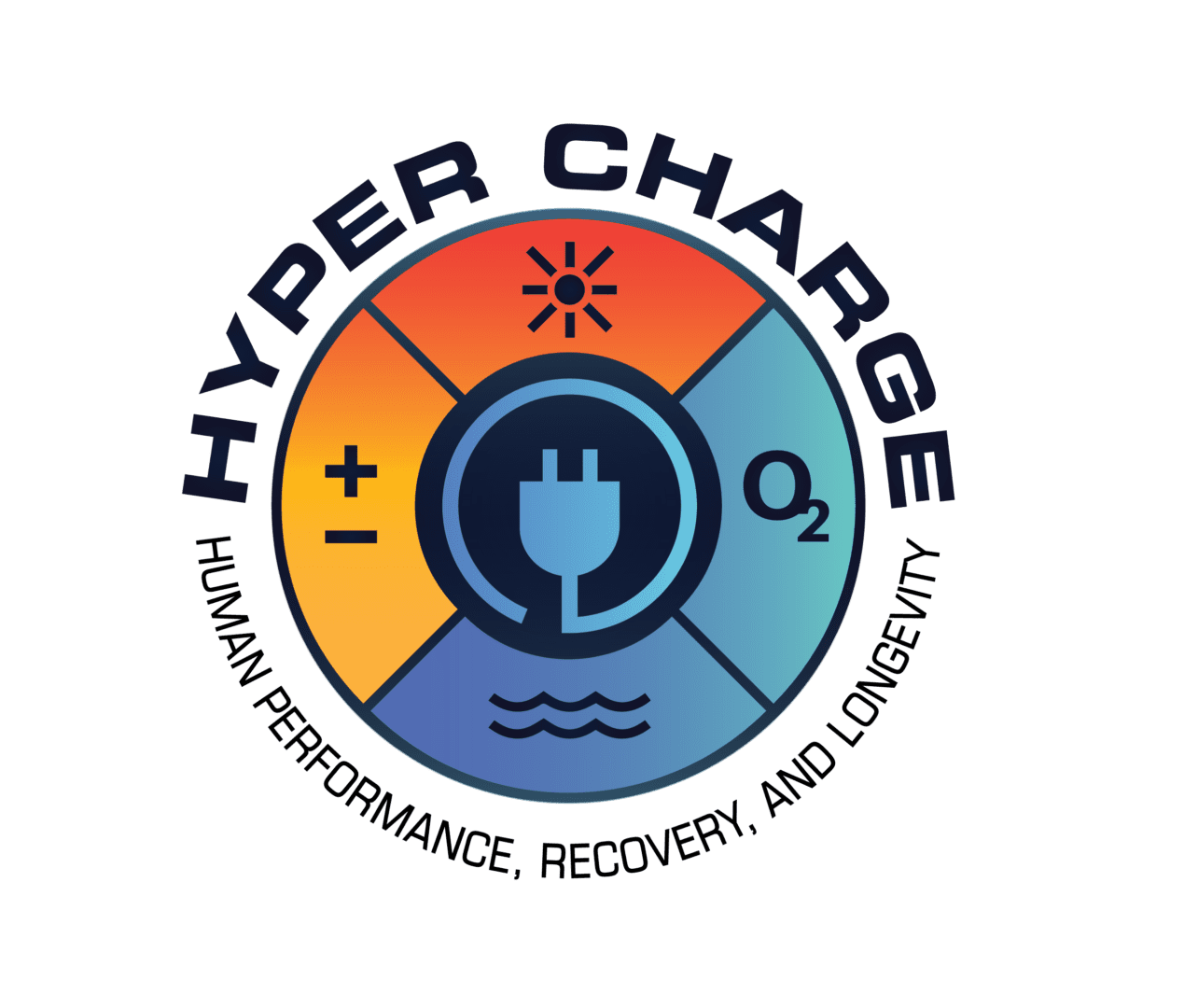Light-based treatment modalities have grown immensely in popularity in recent years due in large part to proven success during scientific trials and word of mouth spread from satisfied patients. Both light emitting diode (LED) therapy and Class IV laser therapy work to harness the power of light to energize your cells and help them better perform certain processes, so why would a person choose one treatment over the other? Moreover, what’s the real difference between these two rejuvenation techniques? We explore the main differences between LED and Class IV laser therapy in today’s blog.
LED Vs. Laser Therapy
At their core, LED therapy and Class IV Laser operate on the principle that light can help to fuel cellular processes through photobiomodulation (PBM). Photobiomodulation is a photochemical process where light energy penetrates into a person’s skin and interacts with chromophores in the cells. This interaction leads to photophysical and photochemical changes that can elicit responses at the cellular and molecular level. Simply put, lightwaves interact with specific areas of our cells, and this light energy in turn fuels the cells’ powerhouse – the mitochondria. When the mitochondria and the cell itself has more energy, it can more easily or more efficiently perform a number of functions, like tissue regeneration, inflammation control and wound healing.
LED and Class IV laser therapy both also emit light sources at similar wavelengths, either in the red or near-infrared spectrum, and both have been shown to have positive effects on pain and inflammation control. However, these techniques also vary in a couple of crucial ways.
For starters, laser light has some unique qualities in that it is monochromatic, coherent and collimated. Let’s explain why these qualities are so important:
- Monochromatic – A monochromatic, or single wavelength beam is an ideal way to stimulate tissues that only respond to light projected at very specific wavelengths. Benefit – The monochromatic beam allows doctors to better treat certain areas of the body that respond best to light emitted at highly specific wavelengths. LED light will emit a small band of wavelengths (~20 nm wide) but cannot emit a single specific wavelength (1 nm wide).
- Coherent – Coherent photons emitted from a Class IV laser are organized, and this photon organization is incredibly important because photons can scatter as light interacts with human tissue. Benefit – Your provider will be able to more accurately direct the laser to the specific area that needs treatment without accounting for as much natural photon scatter that occurs with LED therapy.
- Columnated – A columnated beam emitted by a laser is narrow, focused and powerful. Benefit – Class IV laser therapy operates at a much higher wattage than LED therapy, which allows doctors to better treat deeper tissues in a shorter amount of time. This also ensures that less light is lost as it passes through tissues on its way to deeper structures in the body.
LED therapy certainly has some helpful uses, as it has been found to be beneficial for superficial uses like wound healing or low-level inflammation in the hands. However, for deeper issues or more chronic conditions like fibromyalgia, the powerful and precise Class IV laser may be just what you need to keep discomfort at bay for good.
We offer Class IV laser therapy at HyperCharge Clinic, and we’d be more than happy to show you just how beneficial it can be for recharging your body at the cellular level. For more information, or to learn more about booking your first session, give our team a call today.
